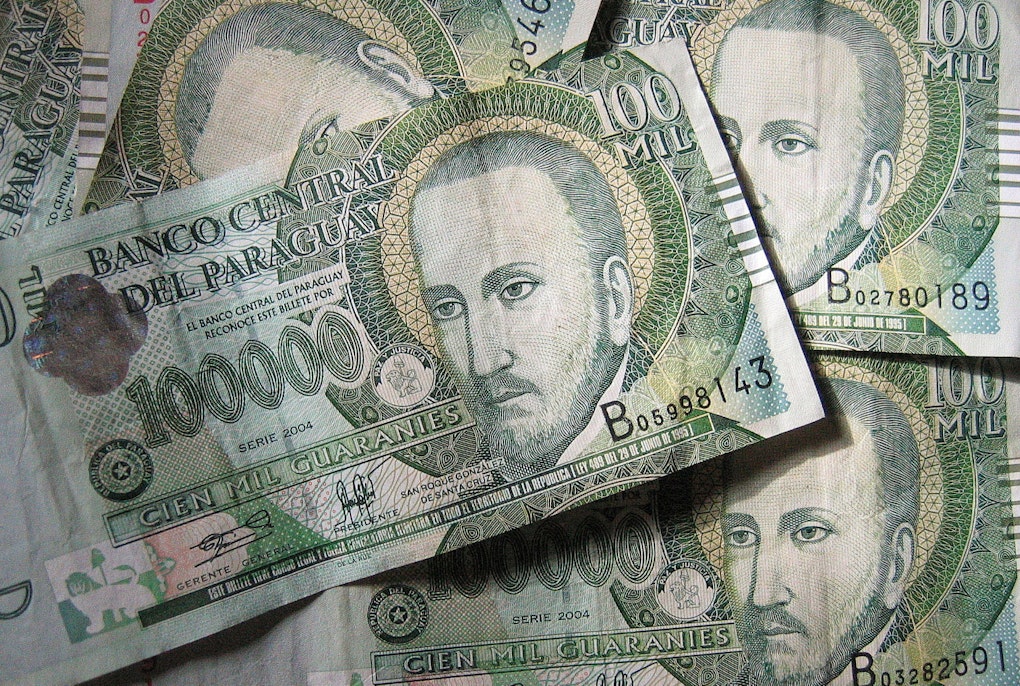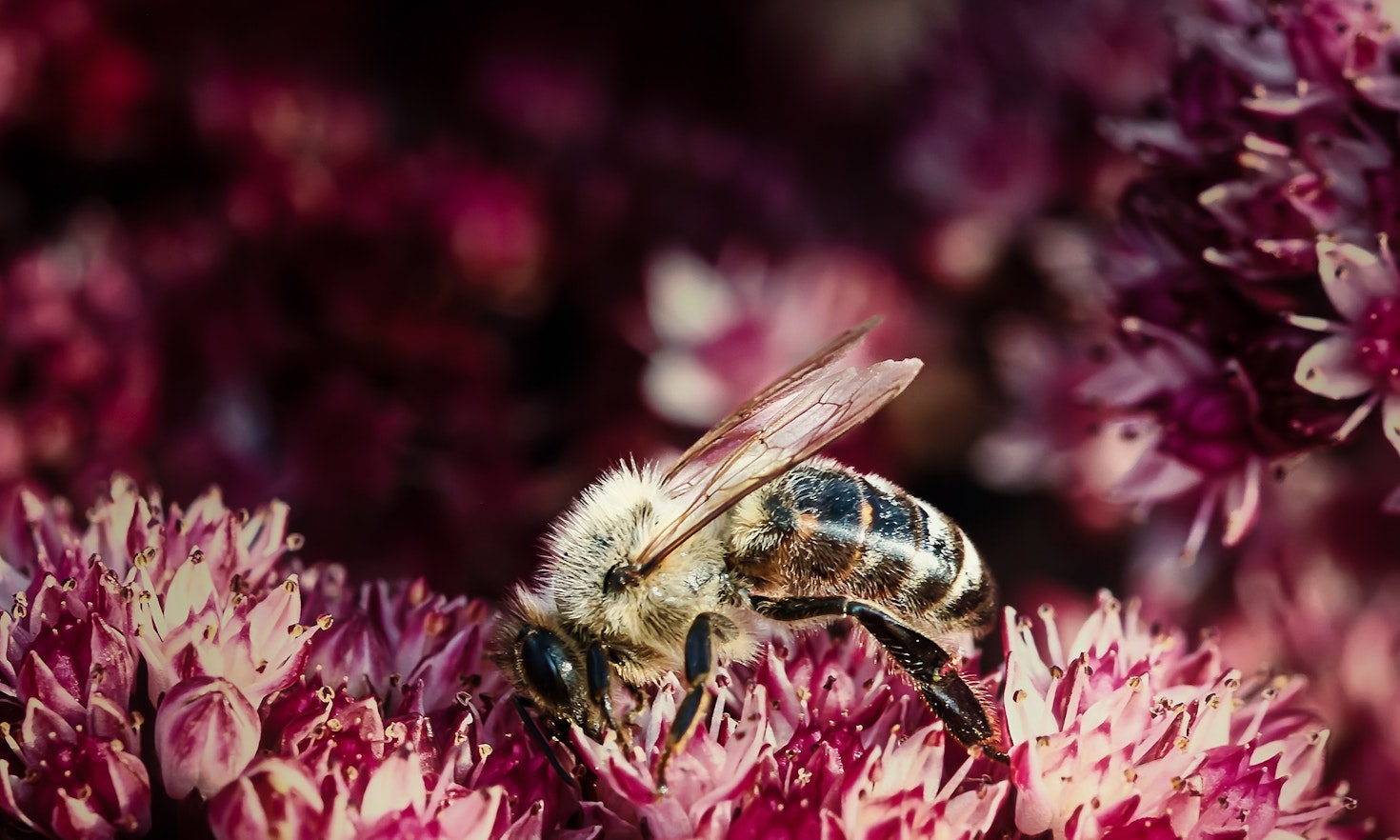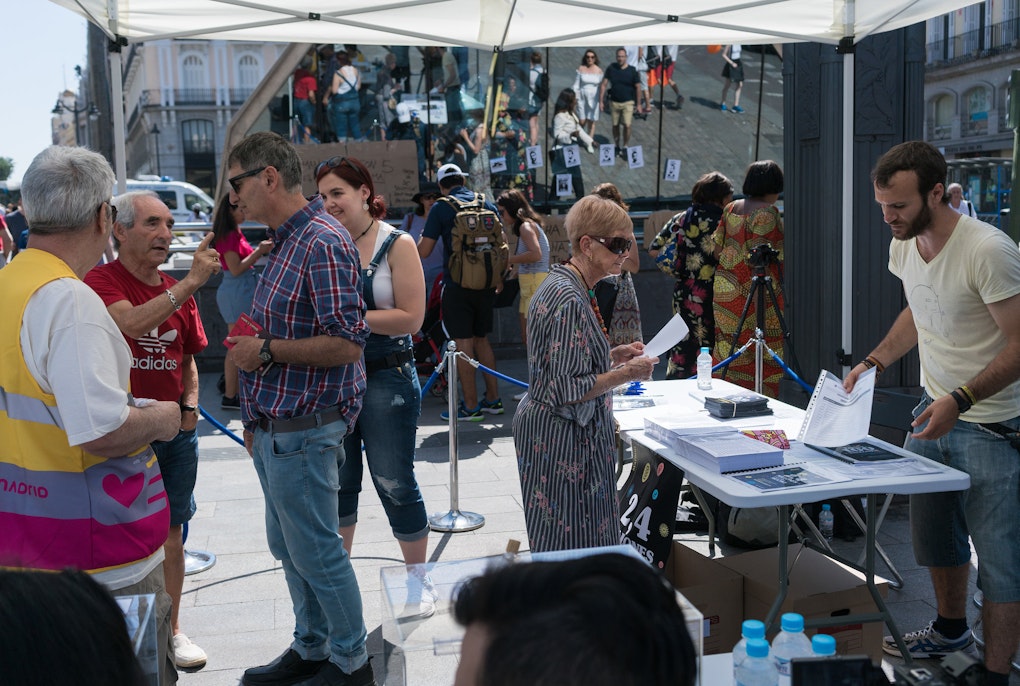
Unpuzzling Paraguay: politics, drug trafficking, indigenist and land struggles
 Mattia Bottino
Mattia Bottino
Biodiversity is not only the variety of all life on earth from ecosystems and species to agricultural varieties and soil microorganisms, it is also the source of the essential resources and ecosystem functions that sustain life on our planet. Biodiversity loss, together with climate change and pollution, reinforce each other exacerbating damage to the environment and human health and wellbeing. This triple planetary crisis is inextricably linked to human activity.
The long-awaited UN Biodiversity Conference was held from 7-19 December 2022, in Montreal, Canada. Initially scheduled for 2020 and to be hosted in Kunming, China but delayed due to the Covid-19 global pandemic, the conference’s aim was to take strong action to reverse the trend of biodiversity loss. It was held under the auspices of the Convention on Biological Diversity (CBD), a UN Convention of almost global application, with 196 state parties and notable exception the United States of America.
The main expected outcome was a global biodiversity framework to guide policy action and replace the Strategic Plan for Biodiversity 2011-2020 and its Aichi targets, which the international community had largely failed to implement. On top of this, the meetings of the Conference of the Parties (COP) to the CBD and its two protocols, the Cartagena Protocol on Biosafety and the Nagoya Protocol on access to genetic resources and fair and equitable benefit-sharing, addressed several agenda items, ranging from resource mobilization and planning and monitoring, to digital sequence information on genetic resources, synthetic biology, and risk assessment of living modified organisms (see the Earth Negotiations Bulletin for a fuller account and analysis of the proceedings and this blogpost in Italian).
The meeting encountered high expectations from civil society and broad attention from the media. With approximately 16,000 participants representing governments and observer organizations, it was the best attended CBD conference to date. As is the case for all intergovernmental agreements however, decision making is limited to governments and, in the case of the CBD, proceeds by consensus. The CBD processes reflect a classic North-South divide. The CBD is not only a conservation agreement but also covers the social and economic aspects of biodiversity, as well as biotechnology. As such, biodiversity-rich developing countries have been pushing for the application of the Convention’s third objective: fair and equitable sharing of the benefits arising from the utilization of genetic resources, as well as for implementation of developed countries’ commitments to provide finance, capacities and technologies to address biodiversity loss.
It took a lengthy intersessional process amidst a global pandemic, intense negotiations during the meeting, consultations behind closed doors, ministerial interventions, and a compromise package of six key decisions circulated by the Chinese Presidency two days before the end of the meeting on the most controversial and interlinked agenda items. In the end, the CBD community delivered a historic package of measures. The Kunming-Montreal Global Biodiversity Framework (GBF) will guide biodiversity policy through four overarching goals for 2050 and a set of 2030 targets. Its implementation is to be facilitated by decisions on resource mobilization, and on capacity building and technical and scientific cooperation to address finance and capacity gaps between the developed and the developing world. A monitoring framework, and a decision on mechanisms for planning, monitoring, reporting, and review, are expected to promote and strengthen implementation and compliance. A decision on benefit-sharing from the use of digital sequence information (DSI) on genetic resources aims to ensure that the CBD framework adapts to technological developments and ensures respect for the Convention’s third objective on benefit-sharing.
Negotiations on the GBF started with great ambition to develop an instrument with the potential to truly transform global biodiversity governance. However, as is usually the case in intergovernmental negotiations, the final outcome was severely watered down. A series of positive elements should be highlighted though. These include:
Weaknesses related to cumbersome drafting and the compilation of often controversial elements in the same target, which may affect implementation and justiciability. For instance, the target on sustainable management of areas under agriculture, aquaculture, fisheries and forestry mentions both agroecology and sustainable intensification as biodiversity-friendly practices, despite the fact that sustainable intensification is linked to industrial agriculture. Main shortcomings included:
Five decisions accompany the GBF. The notoriously controversial negotiations on benefit-sharing from the use of DSI were unexpectedly and happily concluded. The COP established a multilateral benefit-sharing mechanism, to be operationalized by an intersessional Working Group. To support implementation of the GBF, the COP adopted a strategy on resource mobilization and established the GBF Fund with its own governing body under the Global Environment Facility. It further adopted a long-term strategic framework on capacity building and development and established a mechanism comprising a network of regional and subregional technical and scientific cooperation support centers to be coordinated by a global coordination entity. It decided to establish an “enhanced multidimensional approach to planning, monitoring, reporting and review”, as well as a monitoring framework for the GBF to promote implementation and accountability.
Despite shortcomings, the meeting was considered a success. If the Kunming-Montreal Global Biodiversity Framework and related decisions have the potential to transform biodiversity governance and humanity’s relationship with nature, time will tell.

This content is licensed under a Creative Commons Attribution 4.0 International license except for third-party materials or where otherwise noted.

 Mattia Bottino
Mattia Bottino
 James A. Gardner
James A. Gardner
 Erika Schläppi
Erika Schläppi